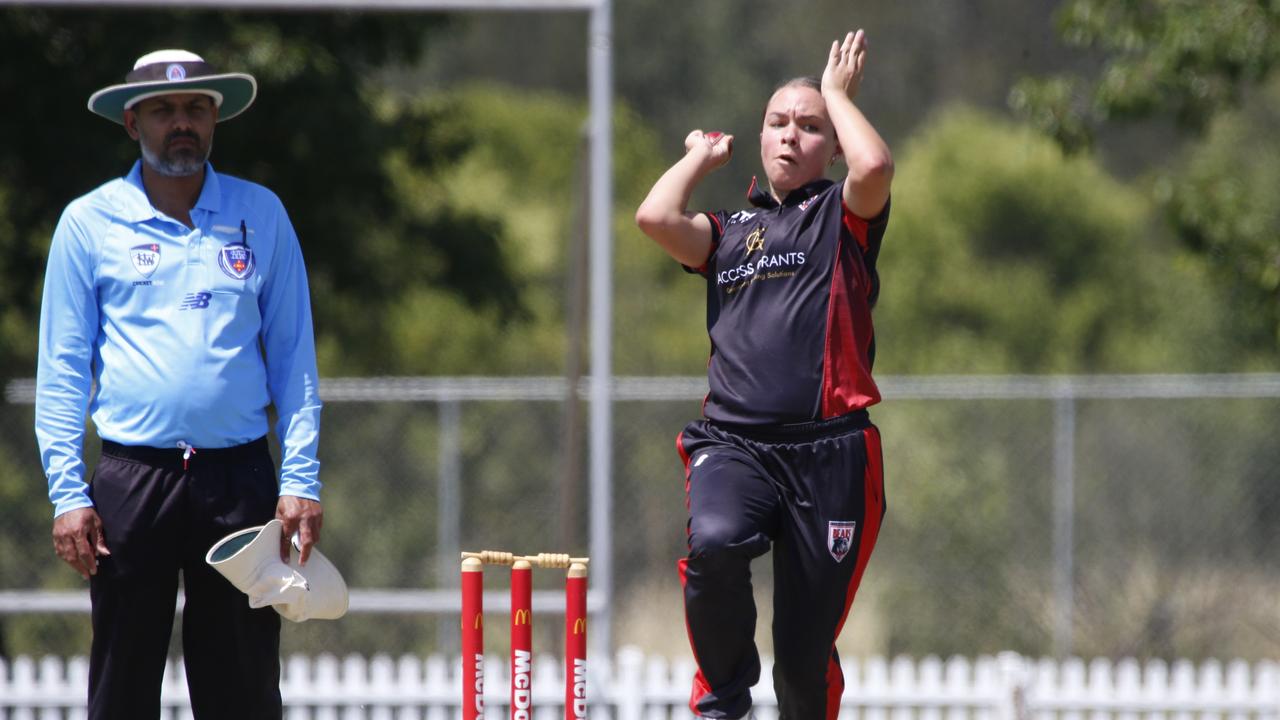Beach pollution poses ‘significant’ health risk at Coogee, UNSW scientist warns
SWIMMERS have been advised to avoid Coogee Beach today after Beachwatch NSW issued a pollution warning following downpours earlier this week.
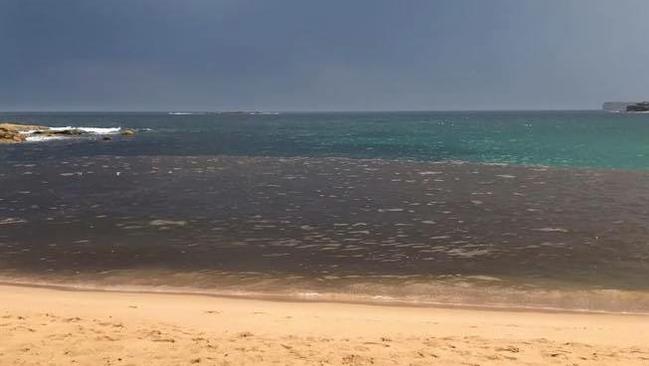
Southern Courier
Don't miss out on the headlines from Southern Courier. Followed categories will be added to My News.
SWIMMERS have been advised to avoid Coogee Beach again today after Beachwatch NSW issued a pollution warning caused by stormwater pumped onto the shore during this week’s downpours.
At the same time Sydney Water has also erected signs at the north end of the beach where a large stormwater overflow system lies, warning of “wastewater” from an unknown leakage in the sewerage network.
Sydney Water has confirmed slightly elevated levels of bacteria have been found directly in front of the overflow but no where else further down the beach.
Beachwatch provides general pollution advice to swimmers and the beach is currently still open.
“Our model based on rainfall shows there could still be some impact from recent storm events,” the state department said on Twitter.
“As a precaution, check for signs of stormwater (drain flow, discolouration) before swimming today.”
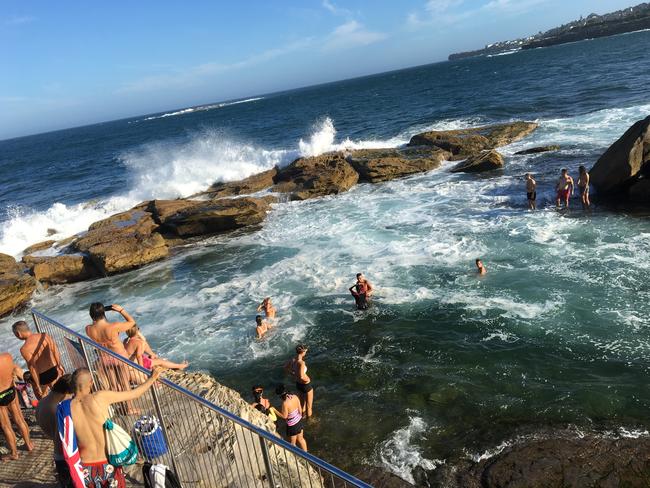
The update comes after a leading water researcher warned beachgoers in Coogee are at “significant risk of exposure to harmful bacterial organisms”.
UNSW associate professor and water quality researcher Stuart Khan has called for more to be done at Coogee Beach to minimise a “serious” public health risk caused by stormwater overflow outlets which empty directly onto the sand.
It comes after a reader sent the Southern Courier a photograph of brown water washing on to the shore at Coogee last week.
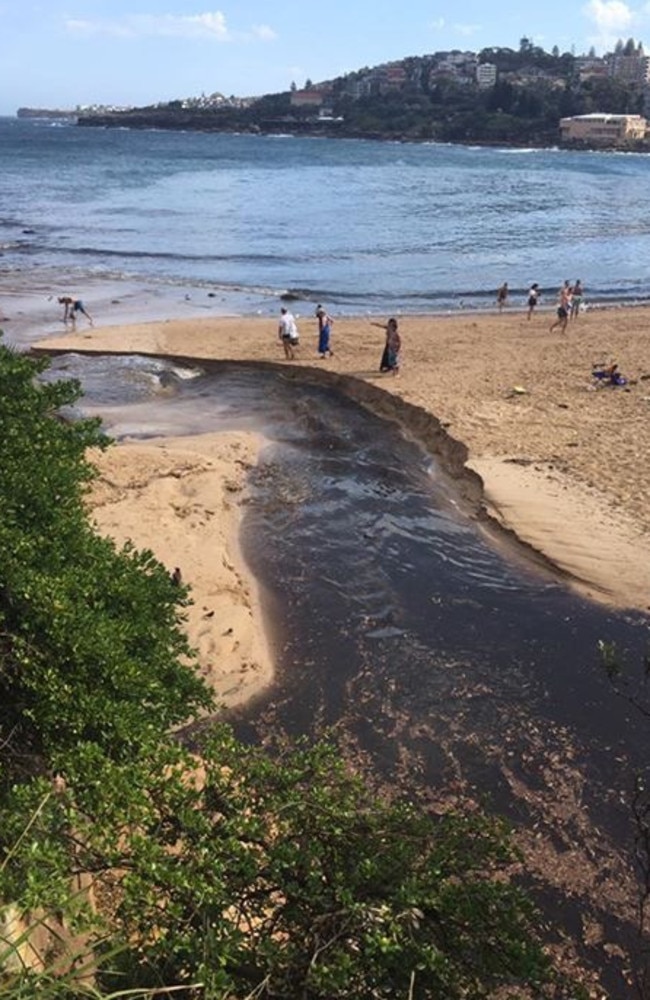
Sydney Water installed signs a few weeks ago at the north end of the beach to indicate the area may “be affected by wastewater overflow”, but Mr Khan said more needed to be done.
“One of the problems at Coogee is the location of the stormwater outlet,” he said.
“Kids play all day in an obviously sewage-impacted stormwater drain ... but there are many pathogens in that stormwater that can also persist in the sand.”
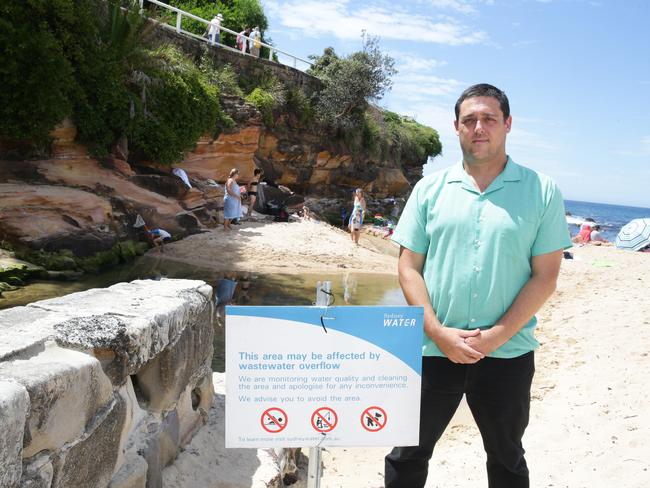
“There is a significant risk of exposure ... and there are risks for people in the water as well as playing in the sand.”
Mr Khan said to fix the problem would be expensive but “it is time we reassess our priorities and more highly prioritise public health risk management at that stormwater outlet.”
“One of the problems is the location of stormwater outlet. (Moving) the outlet off the beach so it is discharged off the headland ... that is one potential way.”
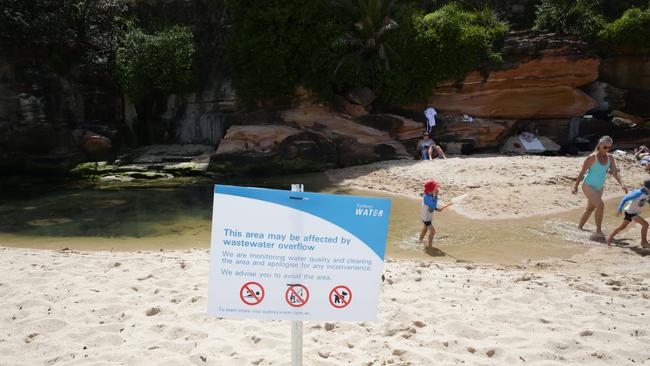
But Randwick Council said it had “investigated the option to divert the stormwater outlet” back in 2014.
“This would require the construction of a long tunnel underneath the headland to allow water to drain into the ocean away from the beach,” a spokeswoman for the council said.
“The estimated costs at the time were in the vicinity of $10 million.
“There are numerous technical considerations that had not been resolved and subject to final design. The initial assessment of this option indicated that it was not viable.”
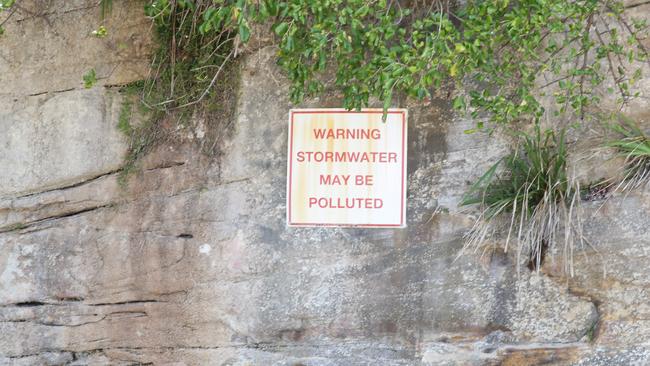
But Mr Khan said what is “viable” or not, “really comes down to how much we are prepared to spend to solve a problem.”
“If we, as a community, are not prepared to spend $10 million, then I would agree with the non-viable conclusion.
“However, I think its questionable that fixing this type of public health risk on one of Sydney’s most iconic beaches is really of such low priority to the community.”
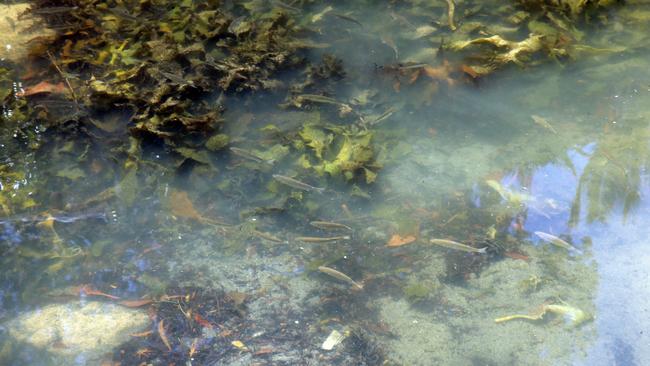
A Sydney Water spokesman said that the signs were put up as a precautionary measure after there had been a small crack in the sewerage pipe on January 21.
“When things like that happen, we do need to monitor it and test it over several weeks, and those signs were put up several weeks ago,” he said.
“We get in and clean them up and quickly as we can, and we make sure the area is safe and clean.”
However further tests have shown there is still a slightly elevated bacteria count at the mouth of the stormwater drown, caused by a now unknown wastewater leak.
The spokesman said Sydney Water is investigating the source of the leak.
Coogee Beach was downgraded from ‘good’ to ‘poor’ in the Office of Environment and Heritage’s 2015-2016 State of The Beach Report.
After rain, always check for signs of stormwater pollution (e.g. flowing drains/lagoons, discoloured water, debris) before swimming. pic.twitter.com/uhgj8woTS6
— Beachwatch NSW (@BeachwatchNSW) February 8, 2017
The report recommends not swimming during and at least one day after heavy rain at ocean beaches due to the possibility of pollution from stormwater drains.
“Randwick City Council is working closely with the NSW Office of Environment and Heritage, Beachwatch Partnership Program and residents to reduce pollution and to improve stormwater quality,” the spokeswoman said.
“Projects to date include stormwater harvesting, gross pollutant traps, education strategies and water quality monitoring.”

